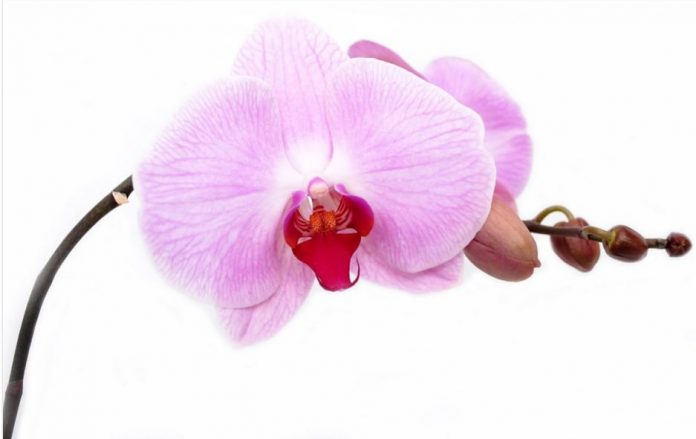Growing orchids can be demanding, but the beauty of the flower and sense of accomplishment you will gain is well worth the effort.
The most important factor in getting an orchid to flower is light. And, although orchids will adapt to their environment to a certain degree, understanding the light requirements of your orchids will help you grow healthy, flowering plants.
Understand Minimum Light Requirements
In general, orchids need as much light as they can get without burning their leaves. Most new hobbyists tend to provide too little light.
Orchids are divided into three categories: low-light orchids, medium-light orchids, and high-light orchids.
Low-light orchids will do well in heavy shade, med-light orchids do best in medium shade, and high-light orchids need light shade.
Test Your Location
The locations you choose for your orchids should be determined solely on the amount of light present.
The easiest way to measure your light conditions is with a light meter. However, these tend to be expensive, and for the orchid hobbyist, here is an easier way to estimate your light conditions.
First, pick the window location to test. Now, hold your arm about 2 feet above a table or floor by the window.
If you see a light shadow, you have low-light conditions. A medium shadow is med-light condition, and a dark shadow is high-light conditions.
Test all your window locations. The best time to test is the middle of the day. With your results, you can pick the best orchid for your light conditions.
Alter Your Light Conditions
Most orchids need to be within 2 feet of a window to flower properly. North and west windows usually receive the least amount of light, south and east windows receive the most.
Basement windows usually do not receive enough light even for low-light orchids.
If there is too much light for your orchid variety, add curtains or shades to filter the light. Some orchids will tolerate higher light if you have more frequent watering.
If there is not enough light, you can use artificial light. Talk to a plant specialist to determine the best light for your orchid species.
You may also be able to use a window with lower light levels for if that window receives light for a longer period of time.
Just be sure you do not expose your orchid to light for a period longer than a usual day.
Watch Your Plants
Watch your plants carefully to be sure they are getting enough light. If the leaves are green, crisp and firm, the light is probably correct.
If there is too little light, the leaves will be soft and dark green, and there will be no flowering.
The leaves may also stretch, where the distance between new leaves is greater than the distance between older leaves. New leaves may be longer and thinner, and you may get brownish-black crown rot.
If your orchids get too much light, the leaves will become yellow-green or red, and may become stunted in their growth.
Leaf burns may appear as round sunburn spots. The tips of the leaves may dry out, and the flowers may wilt.
With a little care, your orchids will bloom profusely, and it all begins with finding the perfect location, with the right amount of light.

